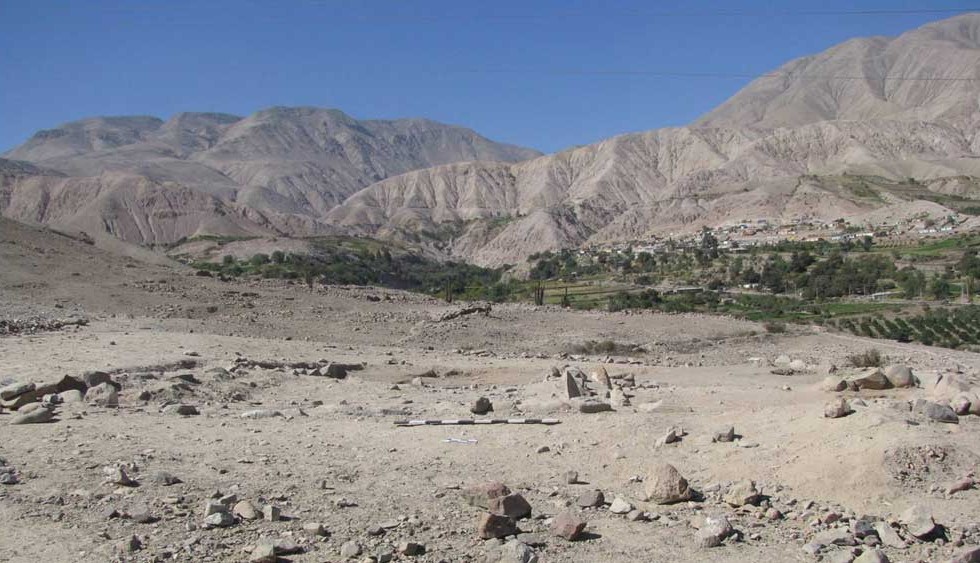February 2014: Dr. Nicola Sharrat, Living and Dying through Political Turmoil: Excavations in a Terminal Tiwanaku (AD 950-1150) Village in the Moquegua Valley, Peru

February 9, 2014 at 3pm
Dr. Nicola Sharrat Living and Dying through Political Turmoil: Excavations in a Terminal Tiwanaku (AD 950-1150) Village in the Moquegua Valley, Peru
For 500 years the Tiwanaku, one of the earliest Andean states, exerted ideological, economic and political influence over large areas of what is now Peru and Bolivia. However, around AD 1000, the Tiwanaku state began a process of political collapse and violent turmoil during which cities were abandoned, elite authority was rejected and symbols of the state were destroyed. As with much archaeological work on political breakdown, research on the Tiwanaku collapse has concentrated on explaining why the state fell apart and the large-scale repercussions on social structure and economic systems. Yet, states are made up of groups and individuals who are affected by and respond to political change. In this talk, I discuss recent excavations (2006-2012) at the site of Tumilaca la Chimba in the Moquegua valley, Peru, a village that was established by refugees fleeing burning state towns. Drawing on evidence from burials and from houses, I explore how members of this post-collapse community rooted daily and ritual practice in state period traditions but also modified earlier customs as they responded to the turbulence of violent political breakdown.
Nicola Sharratt received her BA Hons in Archaeology from Cambridge University and her MA and PhD in Anthropology from the University of Illinois at Chicago. She currently holds a joint post-doctoral position at the American Museum of Natural History and the Bard Graduate Center, in New York. Her excavation project in Peru concentrates on the aftermath of the collapse of the Tiwanaku state circa AD 1000, a process that radically altered the social, economic and political landscape of the pre-Hispanic Andes. She is currently preparing an exhibition (scheduled to open in March 2014) at the Bard Graduate Center on chuspas, small, woven bags that were traditionally used to carry coca leaves. Displaying a sample of chuspas spanning 1500 years, all from the AMNH’s permanent Andean textile collections, the exhibition will examine how the production and use of these bags are affected by and contribute to social interaction, ritual practice and global as well as local economies.
 Archaeology Society of Staten Island
Archaeology Society of Staten Island